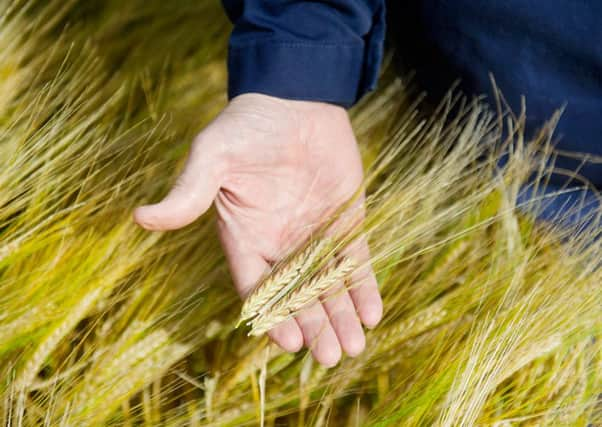EU gives food clean bill of health over herbicides
This article contains affiliate links. We may earn a small commission on items purchased through this article, but that does not affect our editorial judgement.


Revealing the results of official tests carried out on almost 83,000 food samples from the 28 EU member states, the European Food Safety Authority (EFSA) said that the results highlighted the overwhelmingly safe nature of food produced by farmers in Europe.
The report also showed that in 92 per cent of baby foods no residues at all could be detected.
Advertisement
Hide AdAdvertisement
Hide AdJose Tarazona, head of the EFSA unit that conducted the tests, said the results showed that the EU was continuing to protect consumers by controlling the presence of pesticide residues in food:
“Our annual report is a major undertaking that is rooted in the data we receive from member states,” he said. “It would not be possible without the commitment and expertise of our European partners, and we thank them for their contribution.”
In more than half the tests no quantifiable residues could be found – and 43.4 per cent were well within permitted concentrations.
While only 1.6 per cent of EU produced foods exceeded legal limits, the corresponding figure for samples from third countries was higher at 6.5 per cent, which gave the figure of 97.1 per cent for all foods tested, while the corresponding figure for organic produce was 98.8 per cent.
